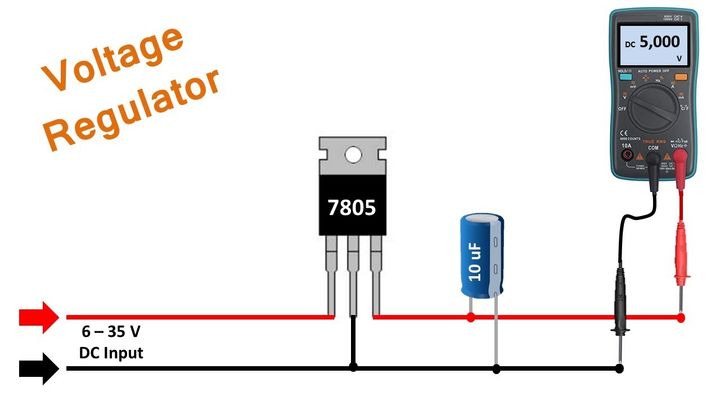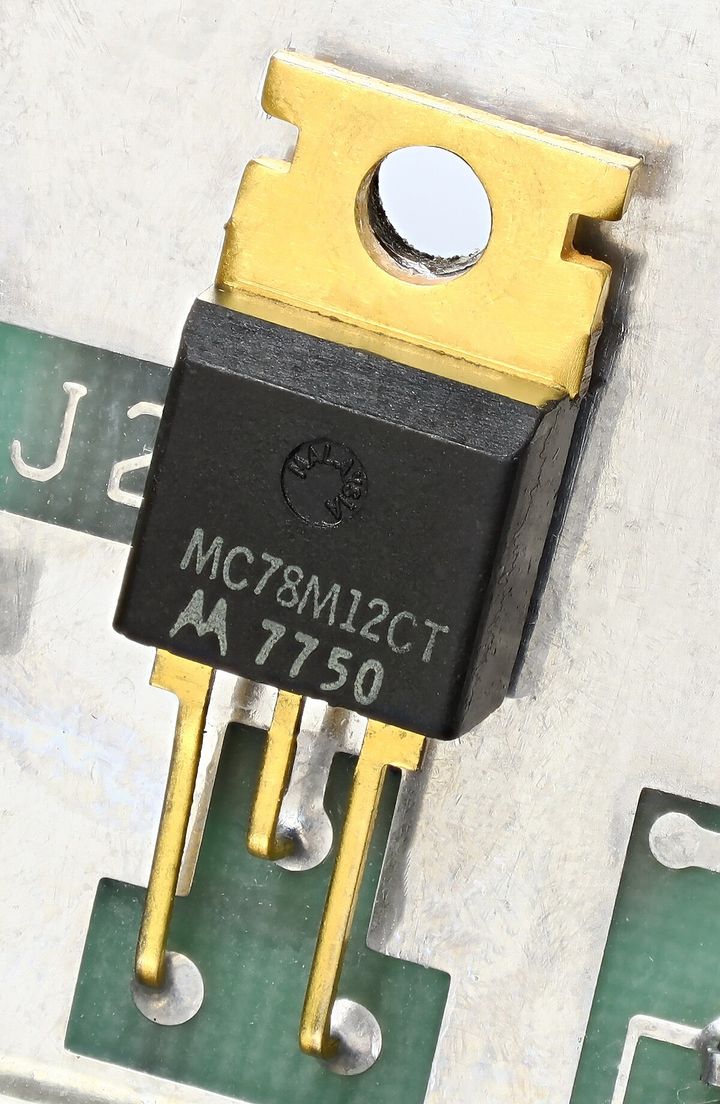


Voltage regulators are indispensable components in modern electronic systems, ensuring stable and reliable voltage levels for optimal device performance and protection against damaging fluctuations. In this comprehensive article, we will explore the types of voltage regulators, their working principles, key components, and wide-ranging applications.

A stable and consistent voltage supply is crucial in electronics, as fluctuations can lead to erratic behavior, reduced performance, and even permanent damage. Voltage regulators automatically maintain a constant voltage level, ensuring reliable and efficient operation of electronic systems.
A voltage regulator is an electronic device that maintains a constant output voltage despite input voltage changes or load variations. It compares the output voltage to a stable reference and adjusts a control element to regulate the voltage supplied to electrical devices.
| Voltage Regulator Function | Description |
|---|---|
| Maintain constant output voltage | Ensures stable voltage supply to connected devices |
| Compare output to reference voltage | Detects deviations from the desired output level |
| Adjust control element | Regulates voltage based on the comparison |
Voltage regulators are classified into two main categories:
Linear Voltage Regulators:
Continuously adjust resistance to maintain constant output
Simple design, low noise, and fast response
Less efficient due to heat dissipation
Switching Voltage Regulators:
Rapidly switch power devices on and off to regulate output
Higher efficiency by minimizing power dissipation
More complex and generate higher noise levels
Voltage regulators consist of several essential components that work together to maintain a stable output:
Voltage Reference Error Amplifier Control Element Feedback Circuitry
| Component | Function |
|---|---|
| Voltage Reference | Provides a stable, precise reference voltage |
| Error Amplifier | Compares output to reference and amplifies the difference |
| Control Element | Adjusts output based on the error amplifier signal |
| Feedback Circuitry | Monitors output and provides feedback for regulation |
The regulation process involves comparing the output voltage to the reference, amplifying the difference, adjusting the control element, and continuously monitoring and correcting the output. This feedback loop ensures a stable voltage supply, even with input fluctuations or load changes.
Voltage regulators are used in various industries and devices:
Power supplies for electronic devices (computers, smartphones, etc.) Automotive electrical systems Industrial control systems Power distribution networks
| Application | Description |
|---|---|
| Electronic Device Power Supplies | Ensure stable operation of computers, smartphones, etc. |
| Automotive Electrical Systems | Regulate voltage for battery charging and component power |
| Industrial Control Systems | Maintain consistent voltage for sensitive equipment |
| Power Distribution Networks | Compensate for voltage drops and ensure steady supply |
When choosing a voltage regulator, consider the following specifications:
Input voltage range Output voltage and current Efficiency and power dissipation Ripple and noise Line and load regulation Transient response Thermal considerations
Voltage regulators offer several key benefits:
Stable and reliable device operation Protection against voltage fluctuations and spikes Improved power supply efficiency Reduced noise and ripple Enhanced system reliability and longevity
Designing a voltage regulator circuit involves:
Selecting the appropriate type and specifications Implementing proper thermal management and heat dissipation Optimizing PCB layout and component placement Incorporating filtering and noise reduction techniques Including necessary protection features and circuitry
Common failure modes and symptoms:
Output voltage instability or fluctuations
Excessive ripple or noise
Overheating or thermal shutdown
Lack of regulation or sudden voltage changes
Diagnostic techniques and tools:
Measuring input and output voltages
Monitoring temperature
Checking component connections and PCB integrity
Analyzing performance under different loads
Comparing behavior with datasheet specifications
Replacement and repair procedures:
Identify the appropriate replacement regulator
Safely remove the faulty regulator
Install the new regulator with proper orientation and connections
Test the system for functionality and performance
Voltage regulator technology continues to evolve, focusing on:
Advances in efficiency, power density, and transient response Integration with other power management functions Miniaturization and packaging innovations Energy efficiency and sustainability
Voltage regulators are critical components that ensure stable and reliable operation of electronic systems across a wide range of applications. By understanding their types, working principles, and design considerations, engineers can select and implement the appropriate regulator for their specific needs.
As electronic devices continue to advance, voltage regulator technology will adapt to meet the ever-increasing demands for efficiency, performance, and reliability. Staying informed about the latest developments in this field is essential for creating robust, efficient, and sustainable electronic products.
Linear regulators continuously adjust resistance to control output voltage, while switching regulators rapidly switch power devices on and off. Switching regulators are more efficient but generate higher noise levels.
The error amplifier in a voltage regulator compares the output voltage to the stable reference voltage. It amplifies the difference between the two, providing a signal to the control element for output adjustment.
The main components of a voltage regulator are the voltage reference, error amplifier, control element, and feedback circuitry. These components work together to maintain a stable output voltage.
Voltage regulators ensure stable and reliable operation of electronic devices by maintaining a constant voltage supply. They protect devices from damage caused by voltage fluctuations and ensure optimal performance.
Voltage regulators are used in power supplies for electronic devices, automotive electrical systems, industrial control systems, and power distribution networks. They maintain stable voltage levels in various industries and applications.
When choosing a voltage regulator, consider the input voltage range, output voltage and current, efficiency, power dissipation, ripple and noise, line and load regulation, transient response, and thermal considerations. These specifications help determine the most suitable regulator for a specific application.
Voltage regulators, especially switching regulators, can improve power supply efficiency by minimizing power dissipation. They reduce heat generation and energy waste, leading to more efficient electronic systems.
Common failure modes and symptoms of voltage regulators include output voltage instability or fluctuations, excessive ripple or noise, overheating or thermal shutdown, and lack of regulation or sudden voltage changes. These issues can be diagnosed using various techniques and tools.
Engineers can troubleshoot voltage regulator issues by measuring input and output voltages, monitoring temperature, checking component connections and PCB integrity, analyzing performance under different loads, and comparing behavior with datasheet specifications. These diagnostic techniques help identify and resolve problems.
Future trends in voltage regulator technology focus on improving efficiency, power density, and transient response, as well as integrating with other power management functions. Miniaturization, packaging innovations, and energy efficiency are also key areas of development.

Miguel started tinkering with car radios as a teenager, fascinated by the intricate dance of wires and circuits. This passion led him to pursue a career as an automotive electrician. For the past 10 years, Miguel has tackled everything from flickering headlights to mysterious electrical gremlins. He thrives on troubleshooting electrical problems and enjoys sharing his knowledge to empower car owners to understand their vehicles better.






